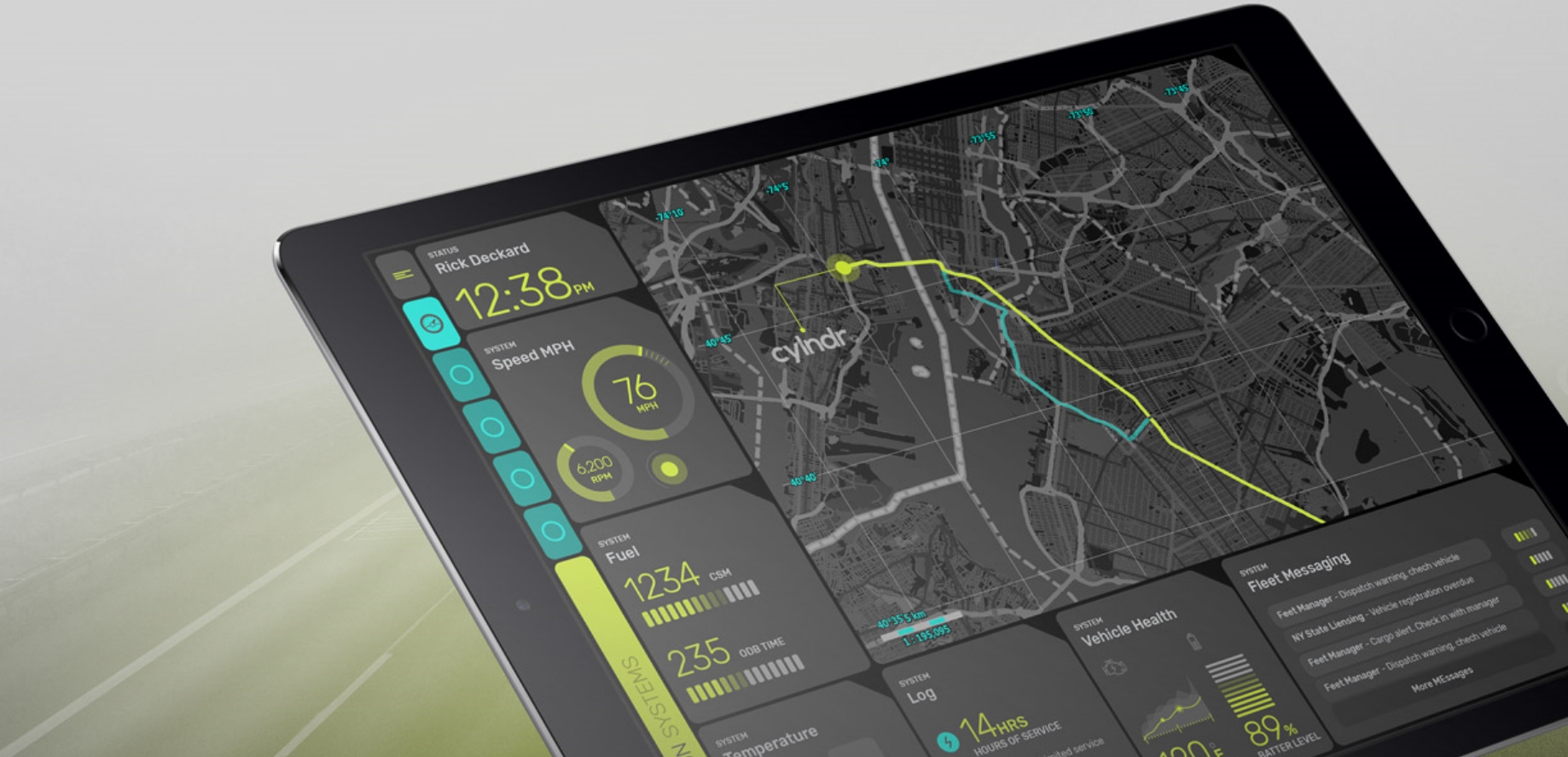Facebook’s name-change pivot to “Meta” represents a big public bet on a VR “metaverse.” But even they say it’ll take years to develop. Think three to five years for widespread entertainment adoption, and four to six before we’re doing VR meetings.
“VR headset usage might become more common for current business use cases in manufacturing, education, etc., sooner than that,” says Kelly Kong, product manager for Splunk VR. Training (for example, how to operate a machine or perform surgery) or data-related activities in the field, such as checking equipment metrics on-site, lend themselves to VR.
For more abstract use cases, such as recreating office activities like meetings, these VR applications will be a bit slower to take off, she says. One challenge is to create a useful tool, not just a flashy gimmick.
“Rather than trying to simulate the real world so people can re-enact things virtually, we’re trying to improve how people can understand information,” Kong says. A 3D data visualization in virtual space sounds really cool, but what data, and what form of visualization, would add real value, rather than just fancy complication?
Multitasking is another barrier. Would workers wear VR equipment all day, even while checking email? Or would they put on the headset just for meetings and certain data consumption activities? Today’s workers switch from desktop/laptop to smart phone when they’re on the move, a clear reason to shift. What cues would move people from screens to VR, and how would it fit the daily flow of activity?
And if we start having meetings in VR, with complex 3D data visualizations, will everyone have the right hardware and software? If your product team uses VR, can they present to your sales team, which may not be VR-enabled? What about customers, vendors, partners?
Kong says many of these questions will work out over time, but it will take awhile. In the near term, adoption will be driven by one or two inevitable enthusiasts who bring in their own VR tools.
“There needs to be just one person that proves they can do their job better with VR before mass adoption in the workplace is justified,” Kong says.
Read the full story here.



